The History of The Whaling Industry
Shortly after the first colonies were started in the New World, colonists started noticing the waters of the Atlantic Ocean teeming with life. Whales were seen in abundance, which demonstrated that there had to be smaller seal life as well. In a sense, we can say the American whaling industry got its beginning there.
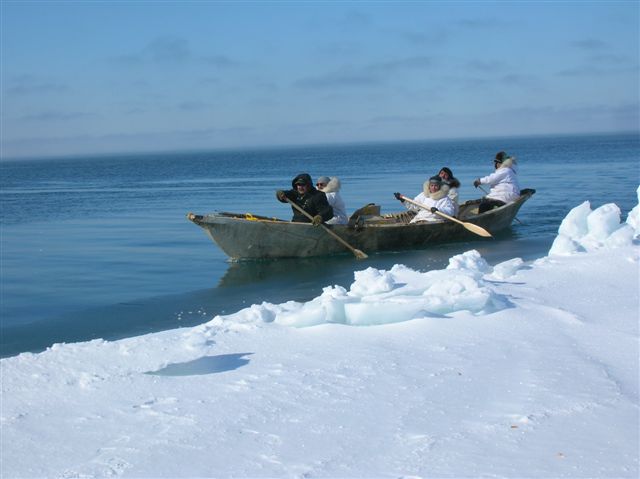
The earliest whaling was actually not what we think of when we think of whaling. Rather, it was more like scavenging. Dead whales, washed up on shore, would be butchered by the nearby Indian tribes and their fat rendered down for oil. Since whale oil and bone were in use in Europe, the value of the whales swimming off the Atlantic shore immediately became apparent to the settlers. Like the Indians, they started watching for whales which washed ashore and rending their blubber down for oil.
But this sort of whaling left too much to chance. While the American Indian was willing to wait for whales to wash up on shore, the white man wasn’t. Before long, shore whaling operations began, where the small whaleboats were launched from shore whenever whales were sighted.
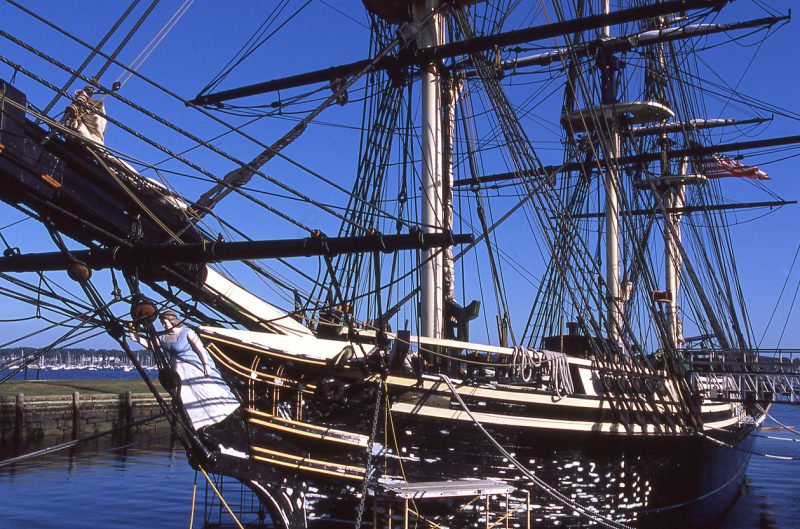
These early operations depended on the use of harpoons attached to large wooden floats, attached together by long ropes. When the whales would tire themselves out, dragging the floats around, they would be killed with long spears and towed to shore for rendering.
As time progressed, the whaling industry grew and so did the boats and ships used for hunting whales, mostly in an effort to keep finding whales. As the whale population along the shore became scarce, it became necessary to move out into deeper waters. Those early shore whaling operations gave way to single-mast boats, which could go farther away from shore.
This was by no means the heyday of the whaling industry, as that didn’t come around until the end of the 1700s with advent of the big whaling ships. These more simplified operations were mere hunting expeditions, with the boats sailing farther and farther afield in search of whales. Those which were found were killed and their blubber cut off and stored in barrels until they could return to shore where it was rendered.
Whale Products
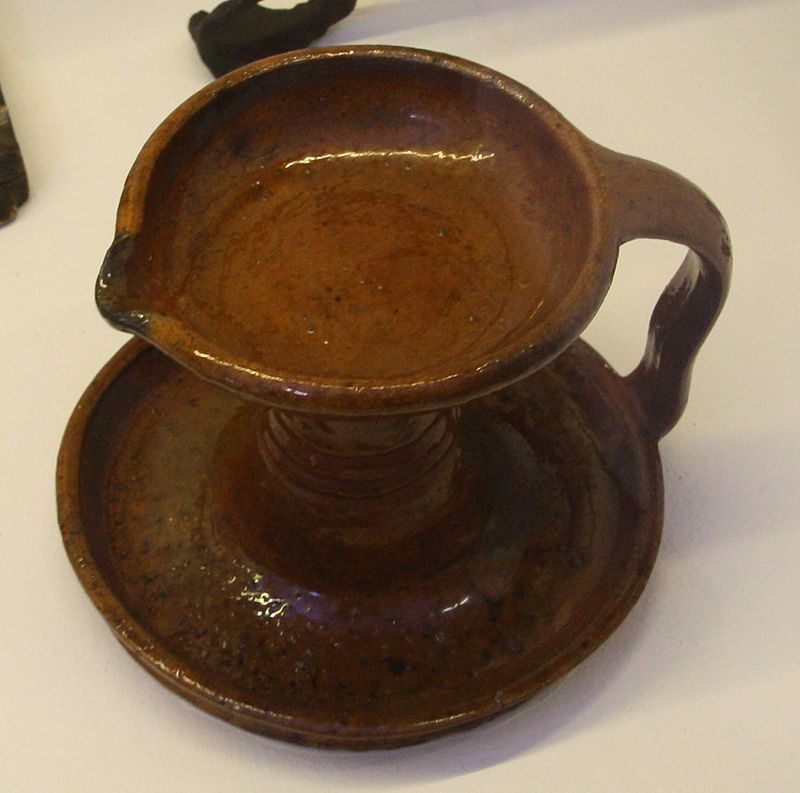
Whale oil became the main oil used for oil lamps and lubrication. While smelly, it was less-so than other alternatives, like oils rendered from the fat of other animals. It was also useful as a lubricant for machinery without losing its viscosity. Soap and margarine were also made from it.
But blubber wasn’t the only product the whalers took from their prey. Whale bone, ivory, and baleen were prized as well, and especially baleen. This is the stiff, bristle-like fibers attached to the whale’s upper jaw. To eat, the whale would swim through the water with its mouth open. Then, closing it far enough so that the entire opening was covered by the baleen, they would force the water out of their mouths of their tongue, leaving the plankton and other sea creatures for the whale to swallow.
Baleen is keratin, the same protein that makes up our fingernails. It is a tough, flexible material, which came to be used in making hoop skirts, stays for corsets, umbrella stays and a variety of other common household product where a combination of flexibility and strength were needed.
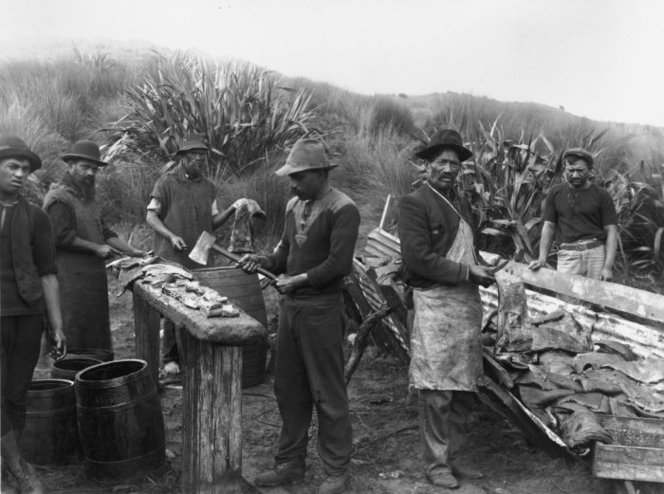
As the golden age of whaling approached, hunting turned more to the great sperm whales, which had not largely been hunted earlier, due to their size and the danger in hunting them. What led to their near extinction was the discovery that the head of the sperm whale held a different sort of fat called spermaceti, which was high in wax content. For some time, this became the main material used in candle making, producing a finer grade of candles. As much as three tons of this oil could be rendered out of the head of a single sperm whale.
The oil rendered from the blubber of sperm whale was also considered to be superior to that of other species of whales, burning cleaner and brighter. It was also a superior lubricant. This made it extremely valuable, pushing the whaling industry to hunt these giant creatures, resulting in over 200,000 being killed.
The Whaler’s Floating Factory
As the whaling industry approached its heyday, whalers were forced to sail farther and farther to locate their prey. What had started in the Atlantic Ocean off the Eastern coast of the United States ended up with whaling ships going around the world, seeking whales in the Pacific and Arctic Oceans.
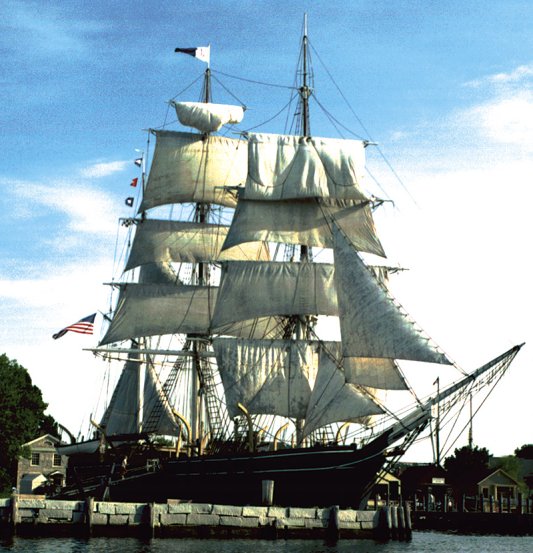
These longer voyages, which could last as long as four years, required a whole new sort of whaling ship. Rather than using the ship and its boats just for hunting down the beasts, the ship became a factory, able to fully accomplish the rendering of the whale, so that only saleable products were brought back to port. The small whaleboats used in the hunt were improved, but the biggest improvements were in the rendering operations.
These ships were as large as 300 tons and were set up like a factory. Wooden planks were suspended from the starboard side, allowing crewmen to stand close to the floating whale carcass to peel off the blubber. The try-works for rendering the blubber was moved from shore onto the deck of the ship. As the oil was rendered out of the fat, it was stored in casks and barrels, which had been brought aboard disassembled and assembled as needed. Once the holds were filled with casks of oil, bone, ivory and baleen, the ship would return to port.
The Whalers
Whaling was a dangerous business, with many a seaman losing his life in the process. Hunting the giants in small, double pointed boats could easily be seen as foolhardy. Tying those small craft to a wounded whale and having it pull you miles through the water probably beat the ride of any roller-coaster today.
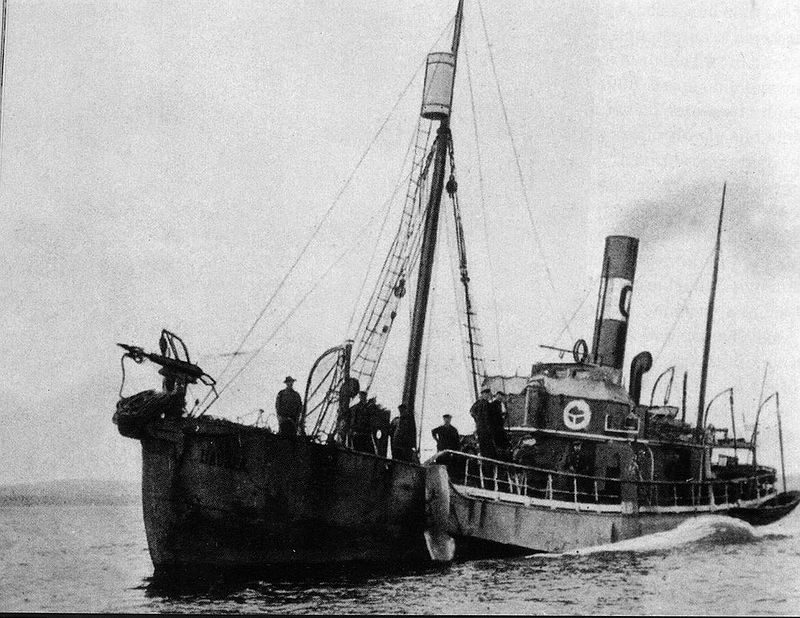
The harpoon was merely used to attach the whaling boat to the whale; it didn’t kill them. That was done with a lance, once the whale tired out. One whaler would be trying to kill the whale, by stabbing it repeatedly in the whale’s neck arteries, while another tried to cut the tendons in the flukes (part of the tail) with a different sort of lance. If those tendons weren’t severed, the whale could destroy the boat and kill the crew with one powerful swipe of its tail.
As the whaling industry reached its peak, whale ships stayed out longer and longer, with all the dangers associated with a long sea voyage. Venturing into the Arctic Ocean in search of the bowhead whale carried its own dangers, forcing the whalers to deal with arctic ice.
Considering the dangers and the high sale price of their products, one would naturally expect the whalers themselves to be well paid. But they weren’t. Whalers coming back from a voyage often were penniless, having spent all of their pay at the ship’s store, either buying necessities or paying for the cost of treatment for their injuries.
Yet many preferred the dangerous work on a whaling ship to other pursuits, allowing ship owners the ability to find enough seamen to staff their ships. Whaling continued until the industry was all but driven out of business.
The Death of the Whaling Industry
Had the whaling industry lasted much longer, there is a strong chance that many species of whales would have become extinct. As it is, the grey whale became extinct in the 18th century and the sperm whale was driven almost to extinction.
It was not the risk of extinction which drove the whaling industry to death, although that did make it harder for whaling ships to make a profit, leading to the downfall of the industry. At the same time, the Norwegians developed new mechanized technology, which was much more advanced, allowing them to hunt the faster blue and finback whales, which the more traditional boats couldn’t hunt. Mechanized hunter boats, equipped with high-powered deck cannon, made other methods obsolete.
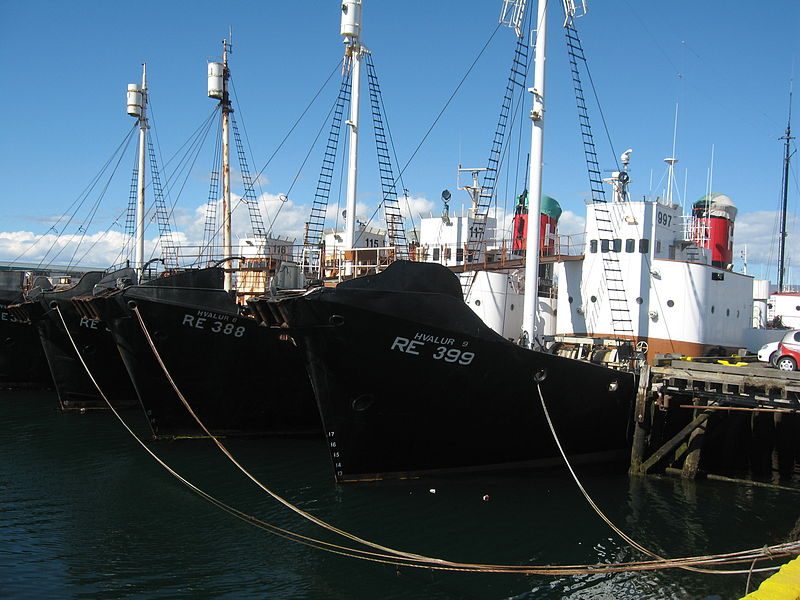
At the same time, the whaling industry was faced with the rise of the petroleum industry. Kerosene, distilled from petroleum, was cheaper to produce than whale oil, taking over the largest use for whale oil, that of lighting.
Even so, the whaling industry never fully died, but remained active into the mid 20th century. Due to its properties, whale oil was used for a number of industrial applications, including transmission oil for cars and aerospace uses. Today, these have all been replaced with petroleum or synthetic products.
Whaling in a Survival Situation
Whale populations have slowly been increasing worldwide. But it will take many more years for them to reach the point they were at, as nearly three million of them were killed by the whaling industry. So it is unlikely that there would be any opportunity for a rebirth of the whaling industry in a post-disaster world.
Even so, those who live near the shore would be well advised to keep their eyes open for dead whales washing ashore in such a time. Whale oil is still superior to many other types of oil and would be a boon to anyone who found a whale during that time. Makeshift rendering operations wouldn’t need to consist of anything more than large pots over open fires. While crude, enough of these could render the fat of a whale, turning it into usable oil.





